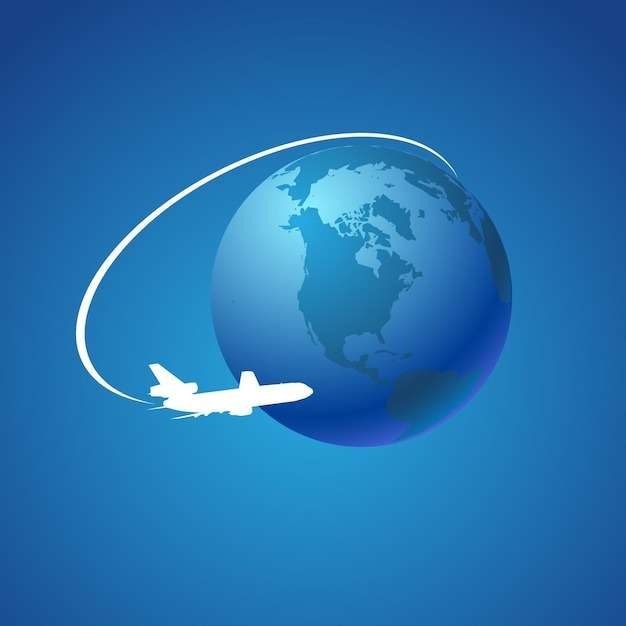
World AIDS Day is observed every year on December 1st to raise awareness about HIV/AIDS, honor those who have lost their lives to the disease, support people living with HIV/AIDS, and highlight the progress made in the global fight against the epidemic. Established in 1988, this international day of solidarity is an opportunity for individuals and communities to unite in the fight against HIV/AIDS and to show support for those affected by the virus.
What is HIV/AIDS?
HIV (Human Immunodeficiency Virus) is a virus that attacks the immune system, compromising its ability to fight off infections and diseases. If left untreated, HIV can progress to AIDS (Acquired Immunodeficiency Syndrome), which is the most advanced stage of the virus. AIDS is diagnosed when a person’s immune system becomes severely damaged, leading to the occurrence of opportunistic infections and certain types of cancers.
How is HIV/AIDS Transmitted?
HIV can spread through the sharing of specific bodily fluids, such as breast milk, semen, blood, and vaginal secretions. The virus can be transmitted through unprotected sexual intercourse, sharing needles or other drug injection equipment, and from an infected mother to her baby during pregnancy, childbirth, or breastfeeding. It is important to note that HIV cannot be transmitted through ordinary day-to-day contact, such as hugging, kissing, or sharing utensils.
The Global Impact
HIV/AIDS continues to be a global health crisis, with over 38 million people worldwide living with the virus. Sub-Saharan Africa remains the most heavily affected region, accounting for almost 70% of the global HIV/AIDS burden. However, the epidemic is also prevalent in other regions, including Asia, Eastern Europe, and Latin America. While significant progress has been made in the prevention and treatment of HIV/AIDS, there are still many challenges to overcome to achieve an AIDS-free world.
World AIDS Day: A Platform for Action
Raising Awareness
World AIDS Day serves as a platform to raise awareness about HIV/AIDS and educate communities about its prevention, transmission, and treatment. It provides an opportunity to dispel myths and misconceptions surrounding the virus, combat stigma and discrimination, and promote a greater understanding of the challenges faced by people living with HIV/AIDS.
Air Rescuers: Fighting HIV/AIDS on the Ground and in the Air
The Role of Air Rescuers
Air rescuers, including medical evacuation providers and air ambulance services, play a vital role in the fight against HIV/AIDS. Air ambulances can be customized, although people typically describe them in passive terms. However, if you prefer an active voice without any passive components, one can rephrase the sentence as follows: Air rescuers can swiftly transport critically ill individuals to specialized treatment centers, enabling them to receive the care and support they need.
The Impact of Air Rescues
Air rescues have proven to be life-saving interventions for people living with HIV/AIDS, particularly in emergencies or situations where immediate medical attention is required. These services help bridge the gap between patients and healthcare facilities, reducing the time it takes for individuals to receive essential treatments. By providing swift and efficient transportation, air rescuers contribute to better health outcomes and improved quality of life for those affected by the virus.

